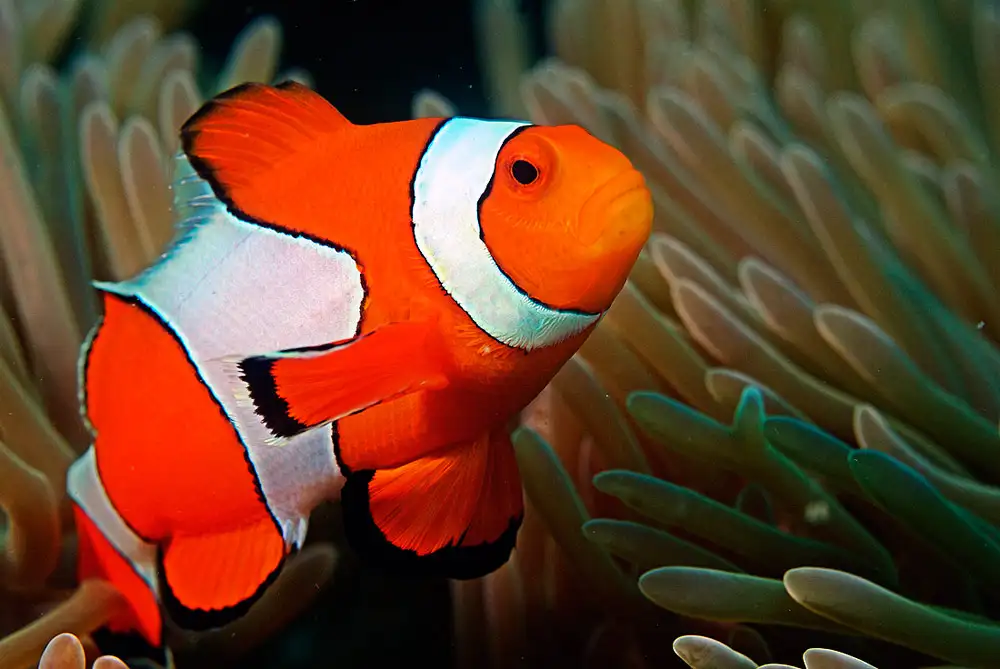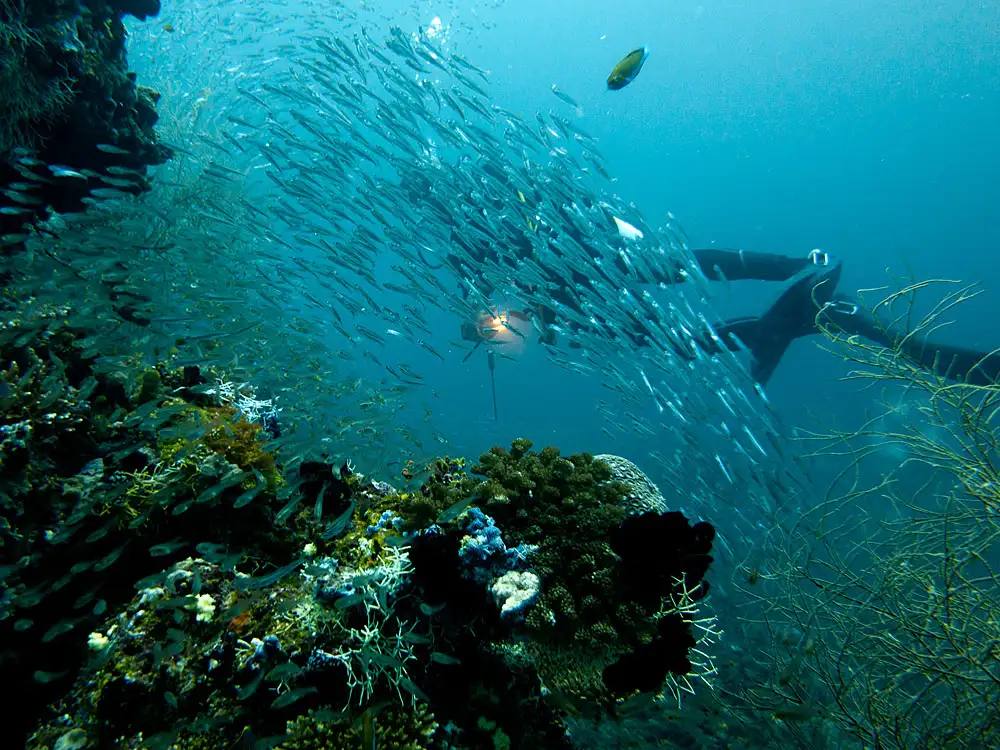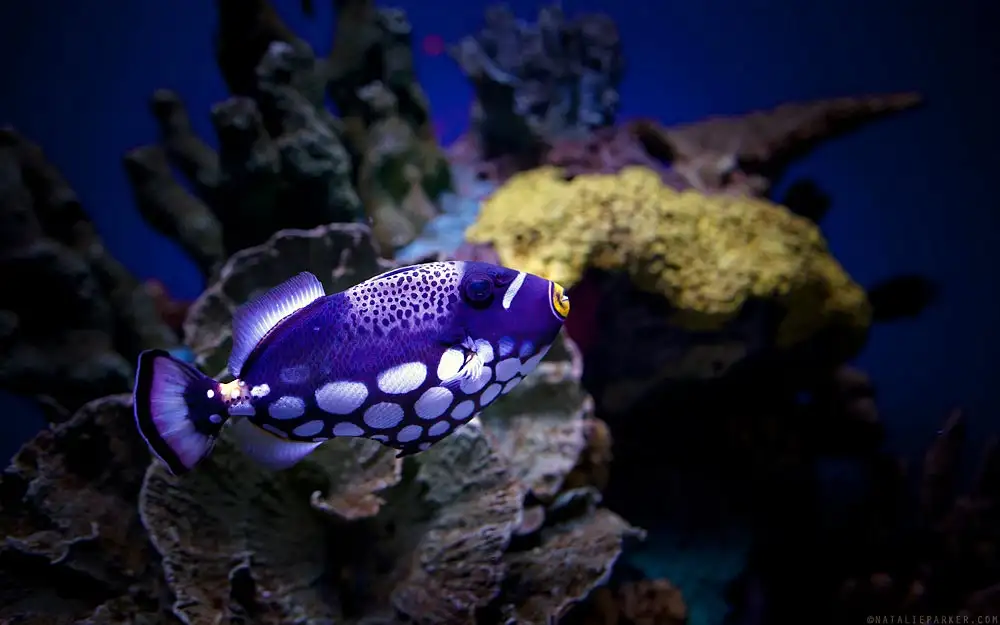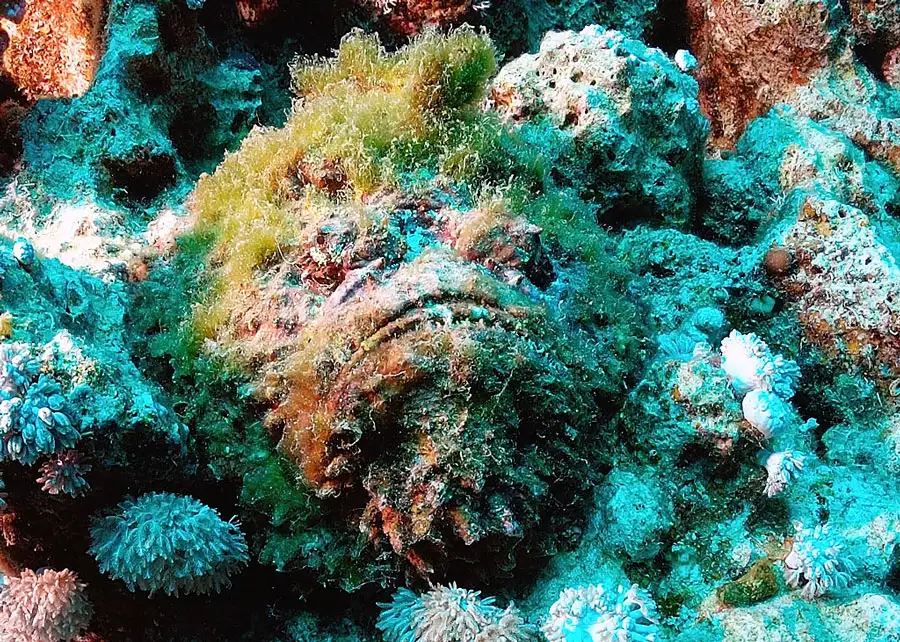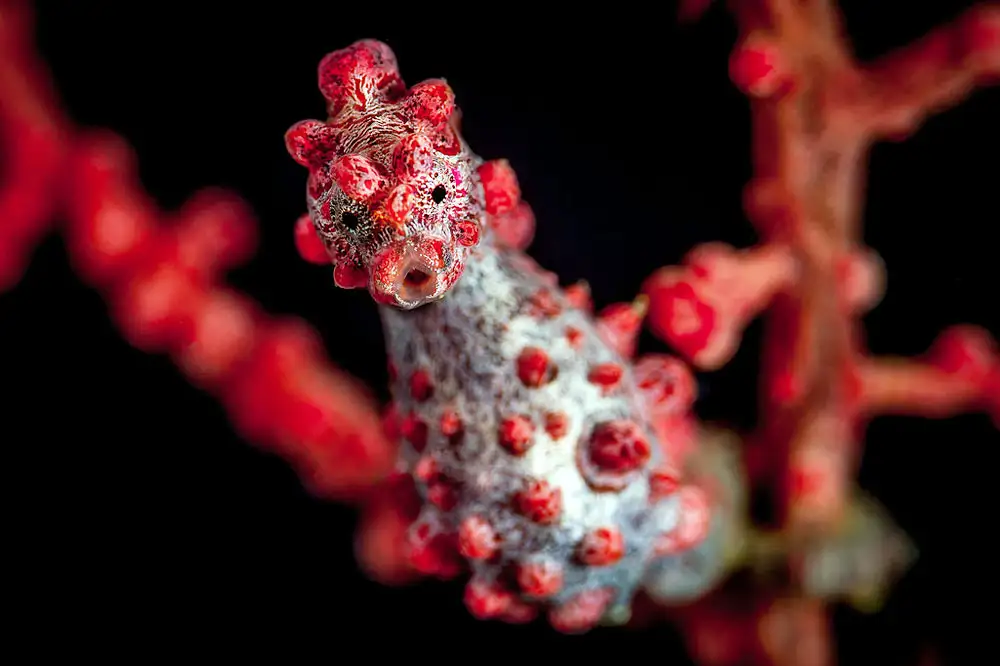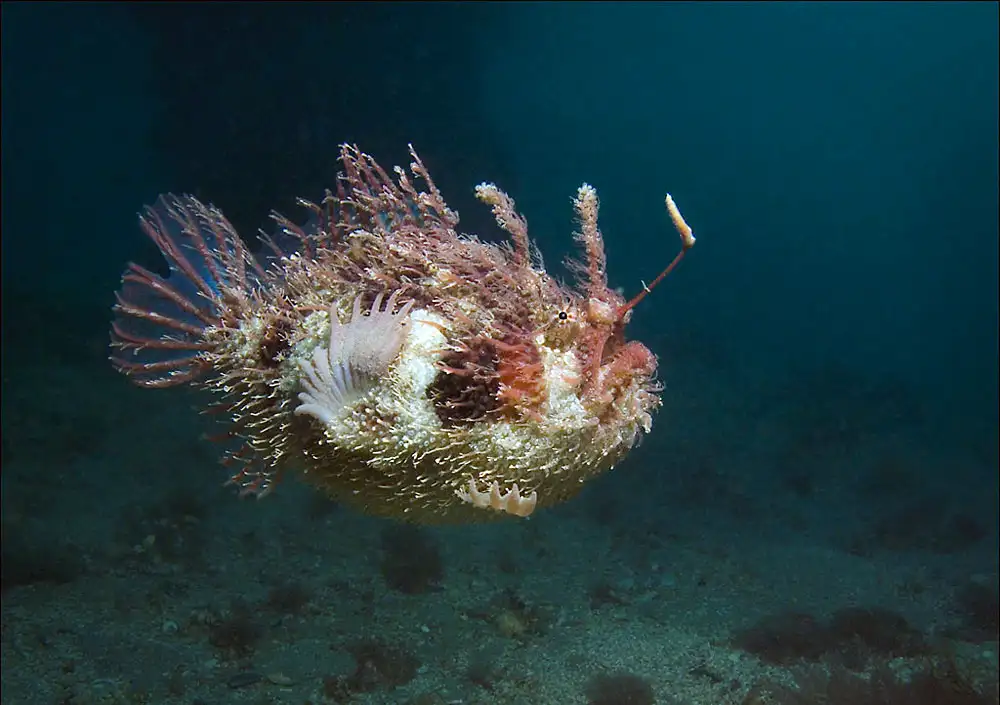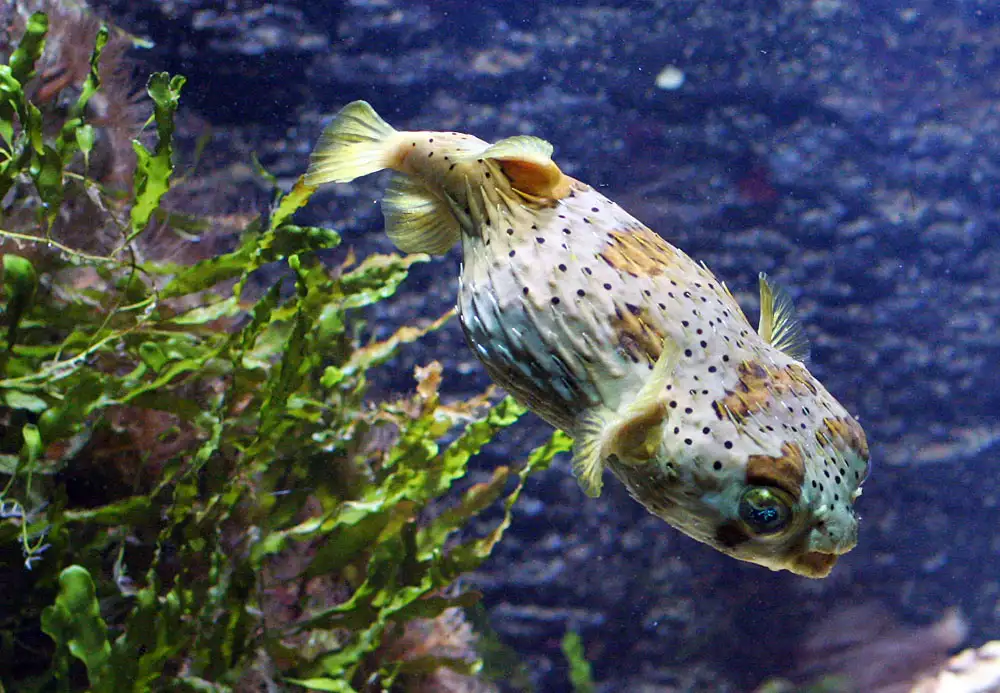Tenualosa reevesii
IUCN
LCBasic Information
Scientific classification
- name:Tenualosa reevesii
- Scientific Name:Tenualosa reevesii,Hilsa herring 、Seasonal shad 、 Reeves’ shad,Shad, seasonal fish, salmon, salmon, Reeves's herring, etc.
- Outline:Fish
- Family:Herringiformes Herringidae Herring
Vital signs
- length:40-60cm
- Weight:2.5-3kg, up to 5kg
- lifetime:No verification information
Feature
river-sea migratory fish, both freshwater and marine fish
Distribution and Habitat
World distribution: China (Fujian, Jiangxi, Hainan, Zhejiang, Guangdong, Hong Kong, Macau, Taiwan Province) and Vietnam.
Uncertain: South Korea, North Korea, Thailand.
In China, it is distributed in the coastal waters of Bohai Sea, Yellow Sea, East China Sea and South China Sea. Among freshwater, Qiantang River and Yangtze River have the largest production.
The shad usually lives in seawater and migrates upstream in late spring and early summer for reproduction; the young fish grow in rivers and lakes, and generally enter the sea when they grow to about 150 mm, where they grow and develop.
Appearance
Dorsal fins 17-18; anal fins 18-20; pectoral fins 14-15; ventral fins 8. There are 42 to 44 vertical scales and 16 to 17 transverse scales. Gill rakers 110+172.
The body length is 2.60 to 3.06 times the body height, 3.25 to 3.56 times the head length, the head length is 4.03 to 4.28 times the snout length, 4.29 to 4.75 times the eye diameter, and 4.46 to 4.75 times the eye interval.
Body long oval. The side of the head is flat and the front end is blunt. The back of the head is usually smooth. There are no fine lines on the margins of the parietal bones, and a few may have very narrow fine lines on the margins of the parietal bones. The muzzle is round and blunt, medium long. The eyes are small, located laterally and anteriorly, and the fat eyelids are well developed, covering almost half of the eyes. The eyes are narrowly spaced and bulged in the middle. The nostrils are obvious, slightly closer to the tip of the snout than to the edge of the eye. The mouth is small. Upper and l
Details
The Latin name of the shad is Tenualosa reevesii, and its foreign names are Hilsa herring, Seasonal shad, and Reeves’ shad. There is no subspecies.
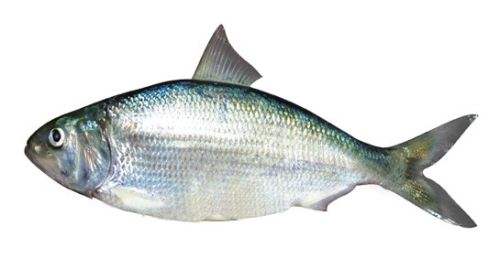
The shad (Tenualosa reevesii) was first described in 1846 by the Scottish naval surgeon and naturalist John Richardson (1787-1865) in the Report on the Ichthyology of the Seas of China and Japan in the Report of the British Association for the Advancement of Science. Japan), and was first recorded with the scientific name of Alosa reevesii based on specimens collected from the Chinese Sea.
It is believed that shad has had economic value since ancient times. Ancient Chinese documents record "shad" with characters such as "鯦", "魱", and "�". The oldest encyclopedia "Er Ya" (235-213 BC) "鯦", "Dang魱", and "Yusi": "It is a sea fish, similar to bream but with large scales, fat and many fishbone. Today, the largest one in Jiangdong that is three feet long is called Dang魱"; in "Leipian" (1066) compiled by Wang Zhu and others and edited by Sima Guang: "When it appeared, the people of Wu regarded it as a treasure, which is now Yusi fish." In terms of pronunciation, the Guangyun (1008) by Chen Pengnian et al. of the Song Dynasty, the Jiyun (1037) by Ding Du et al., and the Gujinyunhuijuyao (1308) by Huang Gongshao et al. of the Yuan Dynasty all say that "鲥" is pronounced as "市之切", and the Hongwu Zhengyun (1375) by Le Shaofeng et al. of the Ming Dynasty says that "辰之切, pronounced as 时"; the Jiyun (1037) says that "魱" is pronounced as "胡故切, pronounced as 互"; the Compendium of Materia Medica (1596) by Li Shizhen of the Ming Dynasty says that "鲥 comes from the east of the Yangtze River. Now it can be found in all parts of the Yangtze River, but it is particularly abundant in the east of the Yangtze River, so it is used as food in Yingtian Prefecture..." It is also recorded in the Kangxi Dictionary (1716) compiled by Chen Tingjing et al. of the Qing Dynasty. However, because it contains some confusing terms such as "鱯", it needs further verification and sorting.
When the shad begin to migrate from south to north in early April, their ovaries and testes are at stage III. When they arrive in Zhoushan in May, the ovaries of some shad have developed to stage IV. The spawning period is from early June to late August. The absolute egg-carrying capacity is more than 1 million, with the highest being 3.894 million. When spawning, they choose clear water with sandy bottom and many sandy pebbles, water temperature of 25-32℃ (27-30℃ is best), transparency of 15-30cm, flow rate of 1m/s, and flow of 2500-4000m3/s. When breeding, they are active in the upper layer of the river in groups of three or five. Males and females chase each other and spawn mostly in the afternoon or before dusk. The eggs are buoyant eggs with oil balls. The egg diameter is generally about 0.7mm. They spawn at one time and have a large reproductive capacity. Fertilized eggs can hatch into fry in 17 hours when the water temperature is 26.5-27.0℃. During the cultivation period of fry and juveniles, the water temperature is 26-34℃, and it takes 29 days from the emergence of fry to the complete formation of fry scales.
Hilsa shad is a precious economic fish with fine meat and thick fat. The scales and skin are full of fat and rich in nutrition. It was used as a tribute in ancient China and has a very high economic value. According to Chinese medicine records, shad meat is sweet and neutral in nature. It has the effects of strengthening and nourishing, warming the middle and replenishing qi, warming the middle and replenishing deficiency, appetizing and invigorating the spleen, and removing heat and detoxifying. Because it is rich in unsaturated fatty acids, it has the effect of lowering cholesterol and is very beneficial for preventing vascular sclerosis, hypertension and coronary heart disease. Hilsa shad scales have the effect of clearing heat and detoxifying, and can treat sores, chancres, and burns caused by water and fire. The fish oil steamed from shad is applied to burns caused by water and fire, and the effect is also very good.
The annual output in the lower reaches of the Yangtze River estuary is about 500,000 kilograms, and it reached a high of 1.575 million kilograms in 1974. Later, due to the construction of sewage and water conservancy projects (damming the river), the spawning grounds were severely damaged, and the excessive fishing of broodstock and juveniles caused a serious decline in the amount of resources, and by 1985, there were only 30,000 kilograms. In order to protect the resources of shad, China has successively carried out research on artificial insemination, egg hatching and fry cultivation of shad. The relevant departments also proposed a short-term (3-year) ban on fishing of Yangtze River shad from March 1987. The 3-year ban on fishing of shad has achieved certain results, but the current situation of the Yangtze River shad resources being on the verge of depletion has not changed significantly.
The main reasons for the endangerment of wild shad include overfishing of broodstock and juveniles, water pollution and water conservancy construction. During the reproductive season every year, shad parents are killed on their way upstream to spawn, which greatly reduces the number of broodstock that reach the spawning grounds for reproduction. In the natural feeding grounds of shad juveniles, fishermen are likely to catch juvenile shad when catching other economic fish because the fishing gear they use has dense mesh and small diameter, which causes great harm to the juvenile shad.
In March 1987, the Wuhan meeting of the China Yangtze River Middle and Lower Reaches Fishery Resources Management Committee discussed and decided to implement a three-year ban on fishing for shad in the entire river from May 1987. Since the 1980s, the Yangtze River Fisheries Research Institute has carried out research on pond domestication and fully artificial breeding technology of shad as an important way to protect and increase shad.
Listed in the "Red List of Endangered Species of the World Conservation Union" (IUCN) 2017 ver 3.1-Data Deficient (DD).
In 1988, it was listed in the "Red Data of Endangered Animals in China"-Class I wild protection.
Listed in the "List of National Key Protected Wildlife in China" Class I.
Protect wild animals and stop eating game.
Maintaining ecological balance is everyone's responsibility!

